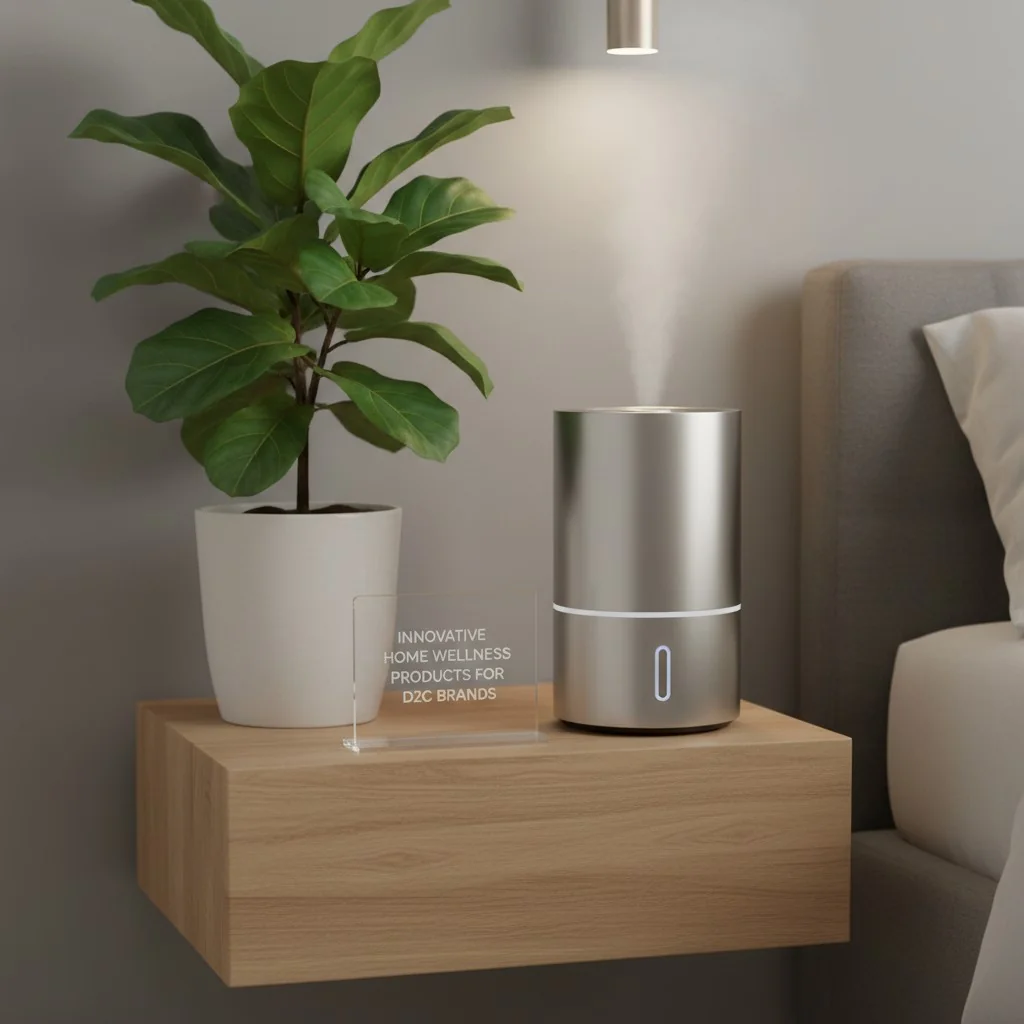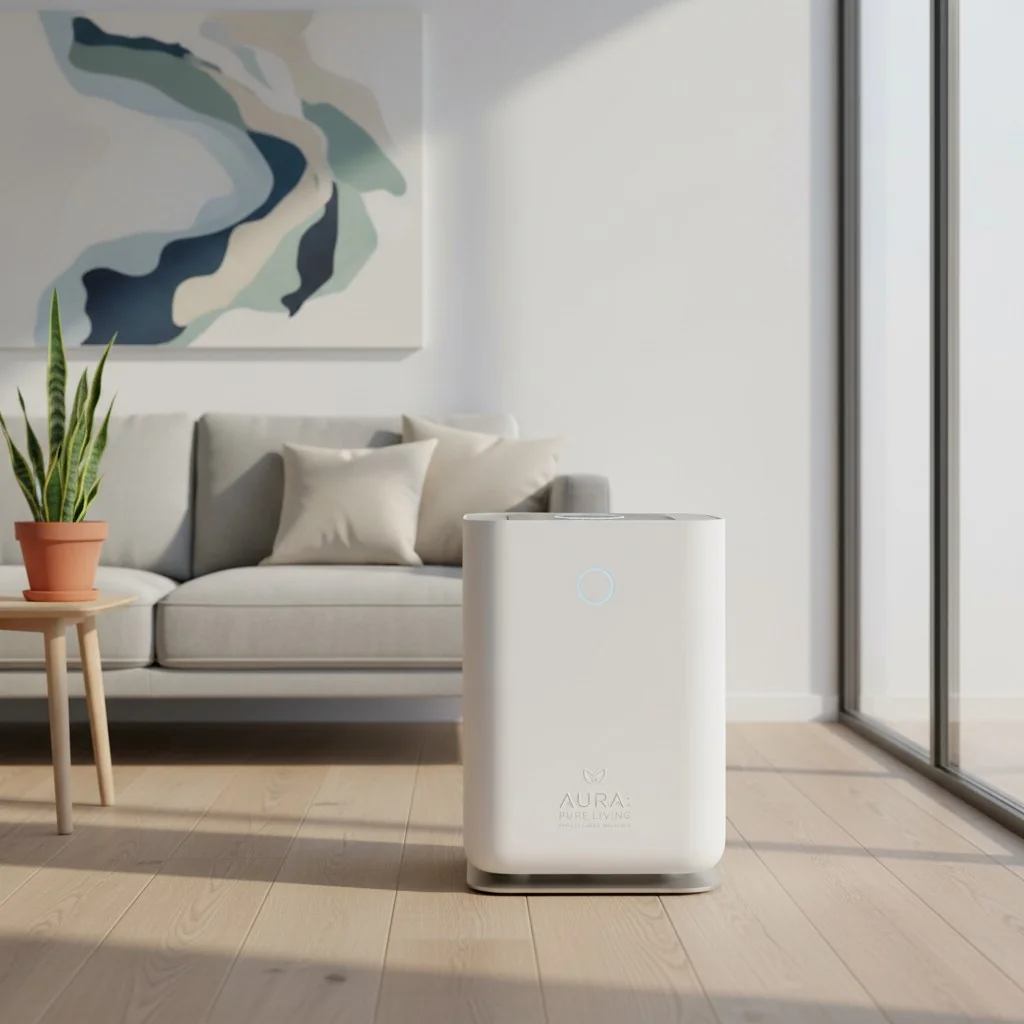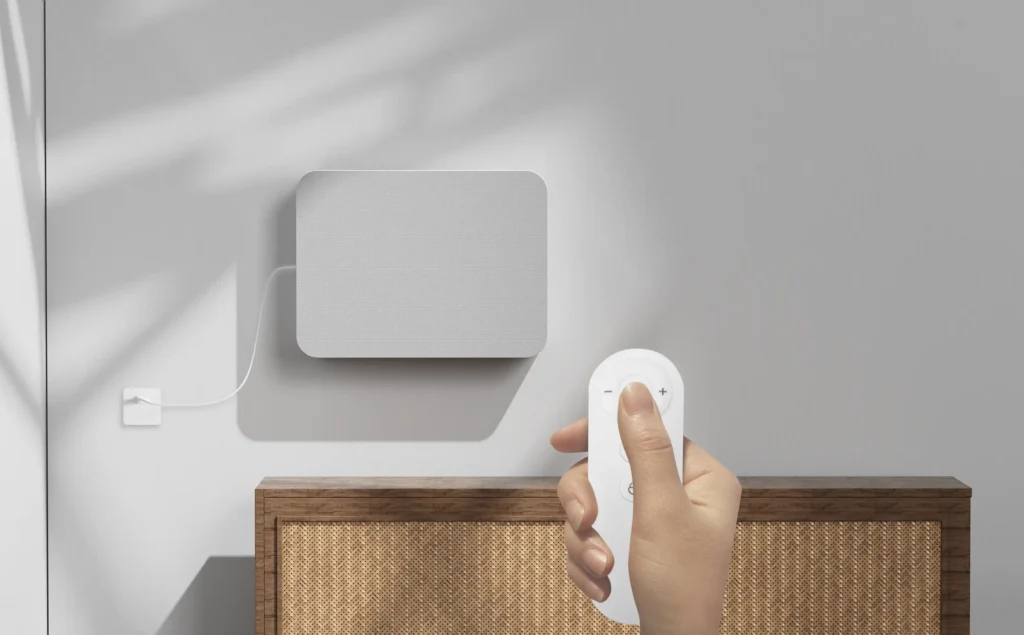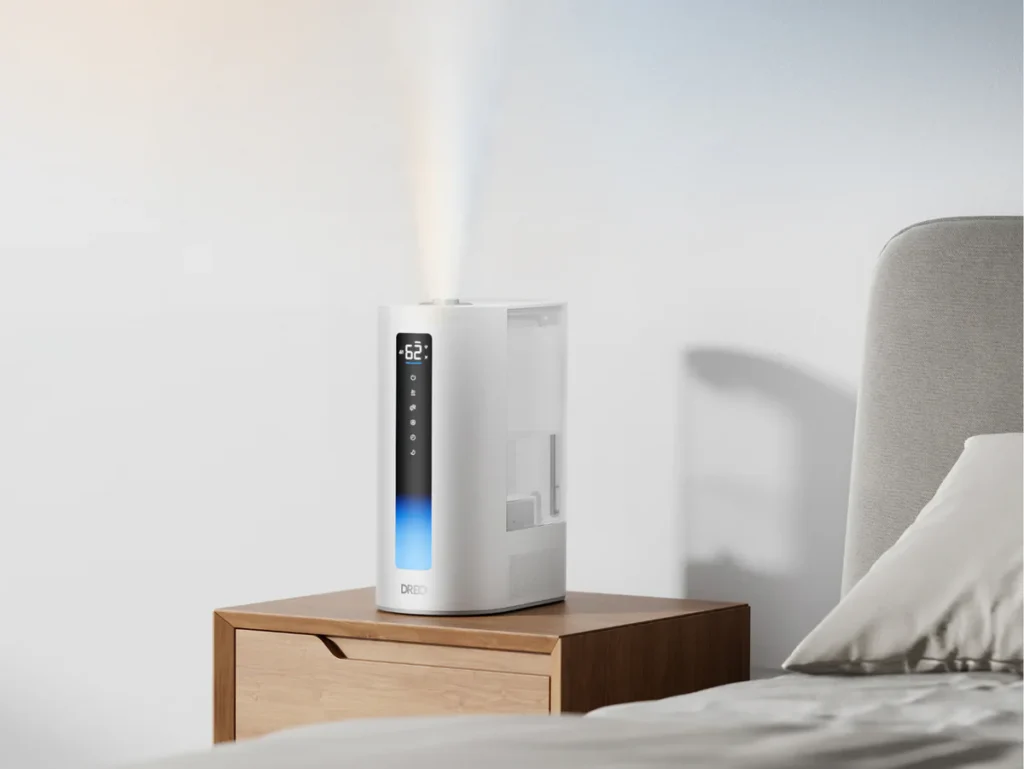As the founder of HisoAir, I've spent years immersed in the evolution of indoor air quality solutions. What started as a simple appliance has transformed into a sophisticated, connected device, a true sentinel of our indoor environments. This shift, however, brings with it a critical challenge for every Original Equipment Manufacturer (OEM) in this space: the choice of Wi-Fi protocol. It's no longer a mere technical specification; it's a pivotal strategic decision that dictates user experience, product reliability, and your brand's future relevance.
From my perspective, while older, seemingly cheaper Wi-Fi protocols might offer a tempting low Bill of Materials (BOM) cost, they introduce performance and security risks that are simply unacceptable in today's demanding market. This isn't just about connectivity; it's about delivering on the promise of a truly "smart" product. This is why I firmly believe and advocate that 802.11ax (Wi-Fi 6) is not just a premium feature, but the only logical and strategic choice for any new smart air purifier project.
What Your Smart Air Purifier is Really Doing: A Tale of Two Data Types
To truly understand the importance of the right Wi-Fi protocol, we must first deconstruct what a smart air purifier actually does from a data perspective. It's a sophisticated, networked data hub, constantly generating, processing, and consuming information. This creates a distinctly bimodal data profile, each with unique demands on your network.
The Constant "Trickle": Sensor Data and User Commands
Imagine your smart air purifier continuously monitoring particulate matter (PM2.5), volatile organic compounds (VOCs), temperature, and humidity. This stream of sensor data consists of small, frequent packets, often just tens to a few hundred bytes, sent every few seconds. For a responsive mobile app dashboard and effective "Auto Mode" — where the device intelligently adjusts fan speed based on real-time air quality — low latency is absolutely critical. A laggy response to a sudden spike in pollution is not just an inconvenience; it's a failed promise of "smart" functionality.
Similarly, user commands, whether from a mobile app or voice assistant ("set fan speed to high"), are tiny data packets. The user experience here is directly tied to how quickly the device responds. A delay of even a few hundred milliseconds makes the product feel unresponsive and unreliable.
The Occasional "Flood": Over-the-Air (OTA) Firmware Updates
On the other end of the spectrum are Over-the-Air (OTA) firmware updates. These are infrequent but large data transactions, typically ranging from 1 to 4 MB. OTA updates are mission-critical for patching security vulnerabilities, fixing bugs, improving performance, and even introducing new features, thereby extending the product's lifecycle.
The key requirement for OTA is not just bandwidth, but extreme reliability. A stable, uninterrupted connection is paramount. A dropped connection or data corruption during a firmware download can "brick" the device, rendering it permanently inoperable. This leads to significant downstream costs for the OEM in the form of customer support, product returns, warranty claims, and, most damagingly, a tarnished brand reputation.
The Old Guard Can't Keep Up: Why Wi-Fi 4 & 5 Fail in the Modern Home
Given these distinct data demands, let's look at why older Wi-Fi standards, despite their lower module costs, are increasingly inadequate for competitive smart air purifiers.
The Wi-Fi 4 (802.11n) Trap
Introduced in 2009, 802.11n (Wi-Fi 4) modules are indeed the most inexpensive on the market. On paper, its theoretical bandwidth seems sufficient for both sensor data and OTA updates. However, its critical weakness lies in its poor performance in congested environments. The 2.4 GHz band, where most low-cost IoT devices operate, is notoriously crowded with interference from neighboring Wi-Fi networks, Bluetooth devices, and even microwave ovens.
Wi-Fi 4 lacks the modern efficiency mechanisms of its successors. As the number of devices in a home increases, its performance degrades rapidly. It struggles to handle small, frequent data packets efficiently, leading to increased latency and a degraded real-time responsiveness. Furthermore, its security is typically limited to WPA2, which has documented vulnerabilities. For any OEM aiming for a reliable, responsive product, Wi-Fi 4 is a significant compromise.
The Wi-Fi 5 (802.11ac) Compromise
Released in 2013, 802.11ac (Wi-Fi 5) offered a substantial performance boost by operating exclusively on the less-congested 5 GHz band. It's faster and more reliable than Wi-Fi 4, and modules are widely available and competitively priced.
However, Wi-Fi 5 still relies on the same fundamental channel access method as Wi-Fi 4, which is inefficient for managing traffic from multiple IoT devices sending small, frequent data packets. Think of it like this: using a large lorry to deliver a single small postcard. The entire channel is occupied for a tiny payload, creating inefficiency and contention. This means that even with higher theoretical speeds, Wi-Fi 5 can still cause traffic jams and delays for your air purifier's critical sensor data and commands in a busy smart home. Like Wi-Fi 4, its primary security is WPA2.
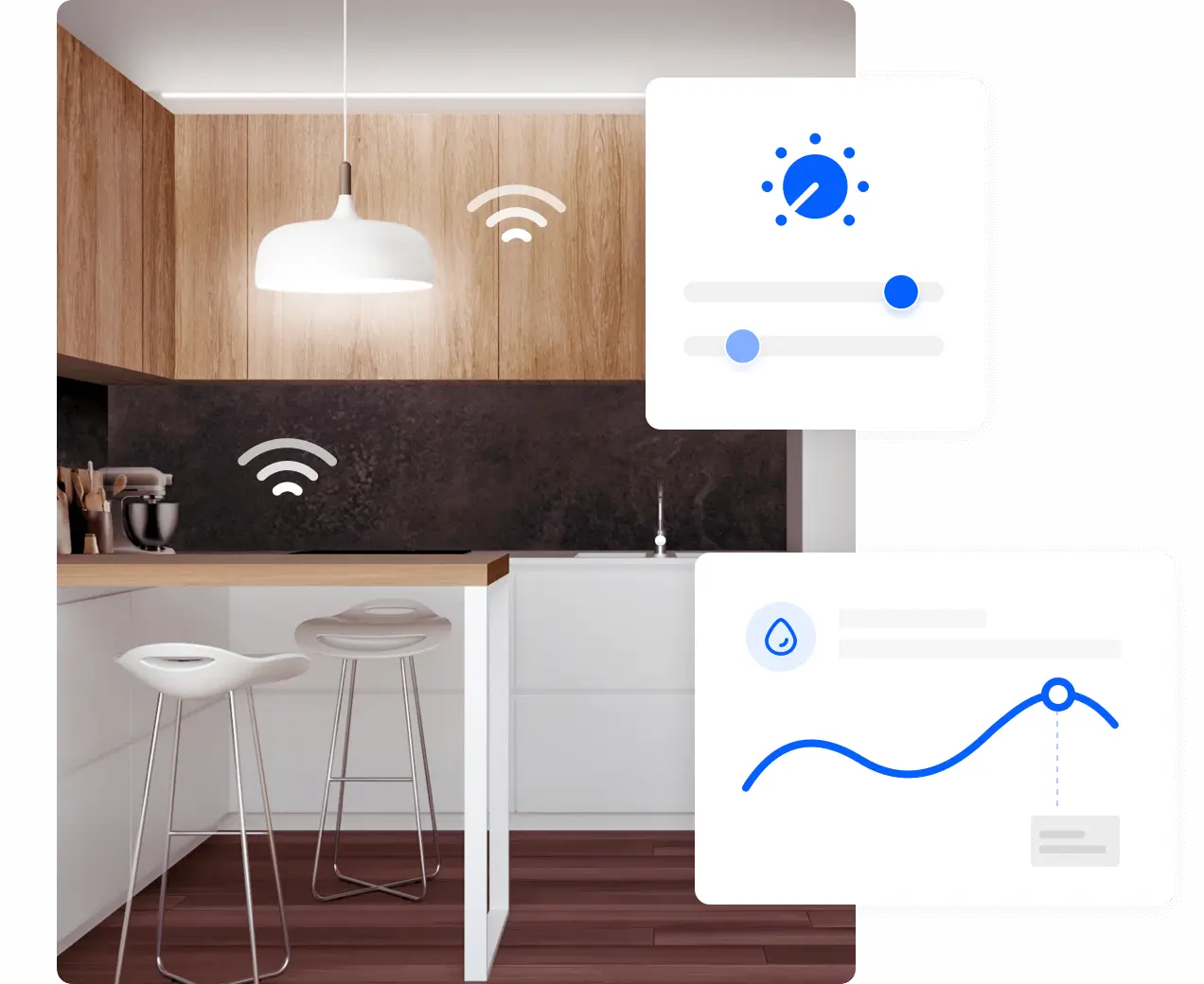
The Solution is Here: Why Wi-Fi 6 is Purpose-Built for the Smart Home
This brings us to 802.11ax (Wi-Fi 6 and Wi-Fi 6E1). Designed from the ground up to address the challenges of high-density device environments, Wi-Fi 6 is the definitive choice for any new product development aiming for a premium, reliable user experience.
The Secret Weapon: OFDMA
This is the cornerstone technology of Wi-Fi 6 for IoT. Unlike older standards that make devices wait in line, Orthogonal Frequency-Division Multiple Access (OFDMA) allows the router to subdivide the wireless channel into smaller sub-channels. This means your router can communicate with multiple devices—like your air purifier, a smart light, and a thermostat—simultaneously within the same transmission window.
This dramatically reduces latency and contention, making it perfectly suited for handling the small, frequent sensor updates from a fleet of smart home devices. It directly solves the "lorry and postcard" problem, ensuring sensor data arrives promptly and predictably, even in a highly congested network. For a product whose value is predicated on providing real-time environmental data, the consistent low-latency performance of Wi-Fi 6 is not an incremental improvement but a transformative one.
Smart Power Management: Target Wake Time (TWT)
While often highlighted for battery savings in low-power devices, Target Wake Time (TWT) also offers significant benefits for mains-powered devices like air purifiers. TWT allows the air purifier and router to negotiate specific times for data transmission. In between these times, the device's Wi-Fi radio can enter a deep-sleep state. For an air purifier, the primary benefit is a reduction in network congestion. By preventing dozens of IoT devices from constantly contending for airtime, TWT leads to a more orderly and efficient network for all connected devices.
Security by Default: Mandatory WPA3
Wi-Fi 6 certification requires support for WPA3, the latest security protocol. WPA3 replaces the vulnerable Pre-Shared Key (PSK) method of WPA2 with Simultaneous Authentication of Equals (SAE), which provides robust protection against offline dictionary attacks. It also offers individualized data encryption even on open networks and is immune to vulnerabilities like KRACK (Key Reinstallation Attacks). For an OEM, offering WPA3 is a significant security and marketing advantage, building crucial consumer trust.
The Ultimate Advantage: Wi-Fi 6E
Wi-Fi 6E extends Wi-Fi 6 by giving devices access to the new 6 GHz frequency band. This band is a pristine, wide-open highway for Wi-Fi traffic, free from the interference of legacy devices. For an air purifier, this means an ultra-reliable, low-latency connection, which is especially beneficial for critical tasks like large OTA updates, minimizing the risk of a failed update to the greatest extent possible.

Future-Proofing for What's Next: The Matter Imperative
As a founder, I'm always looking ahead. The most significant development in the smart home landscape is the Materia2 standard. Backed by industry giants like Apple, Google, and Amazon, Matter is designed to unify the fragmented smart home market, ensuring devices from different manufacturers can communicate seamlessly.
Materia2 is not a wireless protocol itself; it's an application layer protocol that runs on top of existing IP-based networks. For a smart air purifier, this means Matter will use the device's Wi-Fi connection as its transport layer. The key takeaway here is simple: a rock-solid Wi-Fi 6 connection is a foundational prerequisite for a good Matter experience and for achieving Matter compliance. Building a single Matter-compliant air purifier will allow it to work natively with all major ecosystems, drastically expanding your potential customer base and simplifying product development. A non-Matter device risks being locked out of these ecosystems or requiring clunky, custom integrations that lead to a poor user experience.
Conclusion: Don't Save a Dollar Today to Lose a Customer Tomorrow
The role of connectivity in a smart air purifier has evolved from a simple add-on to a core component of the product's architecture and value proposition. For us as OEMs, the decision is no longer simply "does it connect?" but "how well does it connect under real-world conditions?"
The evidence overwhelmingly indicates that the features of the 802.11ax (Wi-Fi 6) standard are not just incremental upgrades but are targeted solutions to the specific challenges of IoT devices operating in congested home networks. While legacy protocols like Wi-Fi 4 and Wi-Fi 5 may offer short-term BOM cost advantages, they introduce significant risks to performance, security, and brand reputation that can lead to much higher long-term costs.
The investment in Wi-Fi 6 is an investment in a responsive user experience, robust security, reliable long-term serviceability via OTA updates, and critical future-readiness for the Matter-dominated smart home ecosystem. For any OEM developing a new smart air purifier for today's market, the strategic imperative is clear: build on a foundation of Wi-Fi 6. It's about positioning your company for success in a demanding and increasingly intelligent connected world, ensuring your product not only performs well upon release but remains a capable and secure network citizen for years to come.
References:
-
What is Wi-Fi 6? Retrieved from https://www.intel.com/content/www/us/en/gaming/resources/wifi-6.html ↩
-
HisoAir. What Matter Protocol Means for Smart Air Purifier OEM Projects. Retrieved from https://hisoair.com/what-matter-protocol-means-for-smart-air-purifier-oem-projects/ ↩ ↩




